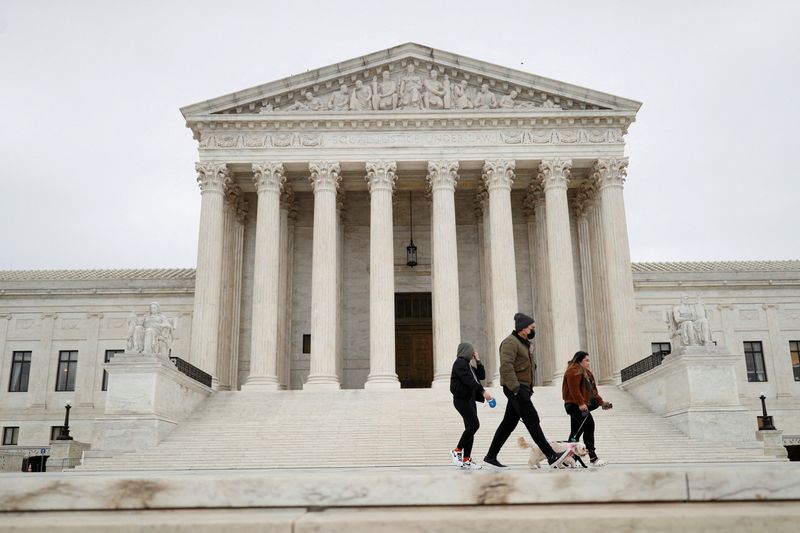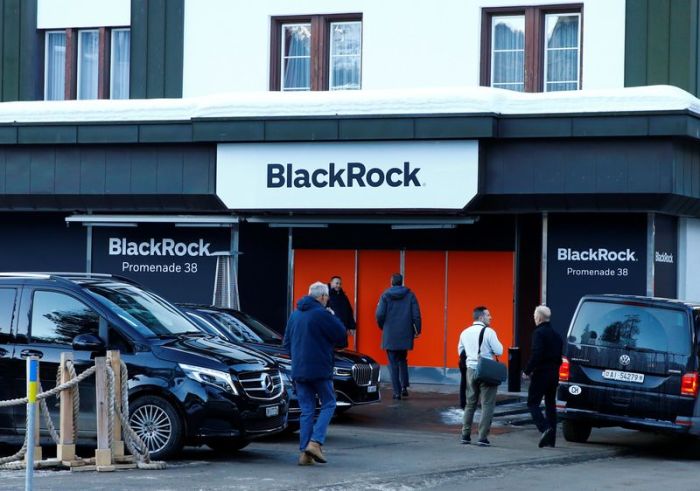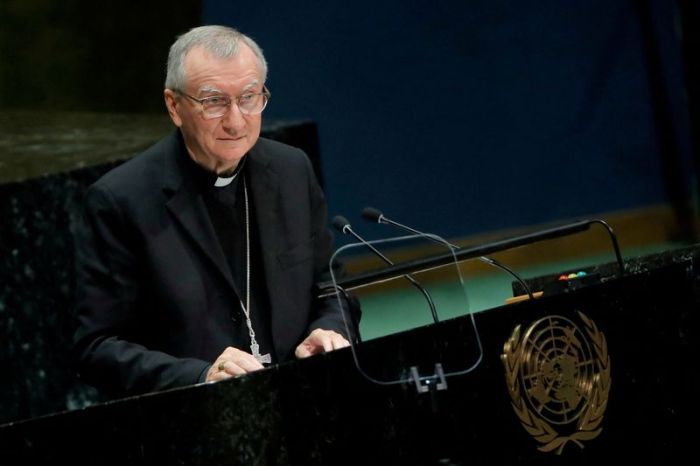WASHINGTON (Reuters) – Conservative U.S. Supreme Court justices on Monday appeared skeptical of the federal government’s authority to issue sweeping regulations to reduce carbon emissions from power plants in a case that could undermine President Joe Biden’s plans to tackle climate change.
The court, whose 6-3 conservative majority has shown wariness toward broad federal agency actions, was weighing the Environmental Protection Agency’s (EPA) authority to regulate greenhouse gas emissions from existing coal- and gas-fired power plants under the landmark Clean Air Act.
Although some justices questioned the EPA’s power in an abstract sense, it remained unclear how they would rule, as lawyers representing the EPA and power companies pushed back against a decision that would prevent the agency from issuing any regulation that went “outside the fenceline” – meaning beyond restrictions on individual plants.
An eventual ruling restricting the EPA’s authority could hamstring the administration’s ability to curb the power sector’s emissions – representing about a quarter of U.S. greenhouse gases. The United States, behind only China in greenhouse gas emissions, is a pivotal player in efforts to combat climate change on a global basis.
Conservative Justice Samuel Alito indicated that any broad assertion of authority sought by the EPA would constitute a “major question” that under court precedent requires Congress to have expressly authorized it.
“You are claiming that the interpretation gives you the authority to set industrial policy and energy policy and balance such things as jobs, economic impact, the potentially catastrophic effects of climate change as well as costs,” Alito told U.S. Solicitor General Elizabeth Prelogar, representing Biden’s administration.
The Supreme Court is reviewing the U.S. Court of Appeals for the District of Columbia Circuit’s 2021 decision striking down Republican former President Donald Trump’s Affordable Clean Energy rule. That regulation would have imposed limits on a Clean Air Act provision called Section 111 that provides the EPA authority to regulate emissions from existing power plants.
The United Nations earlier in the day released a 3,675-page report https://www.reuters.com/business/cop/un-climate-report-urges-world-adapt-now-or-suffer-later-2022-02-28 urging global action to combat climate change. Outside the Supreme Court, a small group of demonstrators carried signs reading “Protect the Clean Air Act.”
The case was pursued by Republican-led states led by coal producer West Virginia. Other challengers include coal companies and coal-friendly industry groups. Coal is among the most greenhouse gas-intensive fuels.
Democratic-led states and major power companies https://www.reuters.com/business/sustainable-business/us-utilities-side-with-environment-agency-supreme-court-climate-case-2022-01-27 including Consolidated Edison Inc, Exelon Corp and PG&E Corp sided with Biden’s administration, as did the Edison Electric Institute, an investor-owned utility trade group.
During the argument, their lawyer Beth Brinkmann, stressed the value of flexibility that would allow for some “outside the fenceline” regulation, including authorization of emissions trading between plants.
That argument seemed to draw some interest from the bench, including conservative Justice Clarence Thomas.
“I don’t know how you can draw such clean distinctions,” Thomas told Yaakov Roth, a lawyer representing coal companies.
Liberal Justice Elena Kagan said that “inside the fenceline” regulations can be just as onerous on coal plants as a more industry-wide rule.
“Reform can be very small or can be catastrophic. There are ‘inside the fence’ technological fixes that could drive the entire coal industry out of business tomorrow, and an ‘outside the fence’ rule could be very small, or it could be very large,” Kagan said.
The rule proposed by Trump, a supporter of the U.S. coal industry who also questioned climate change science, was meant to supplant Democratic former President Barack Obama’s Clean Power Plan mandating major reductions in carbon emissions from the power industry.
The Supreme Court blocked https://www.reuters.com/article/us-usa-court-carbon/supreme-court-blocks-obama-carbon-emissions-plan-idUSKCN0VI2A0 Clean Power Plan implementation in 2016 without ruling on its lawfulness.
Coal-aligned groups want the justices to rule that Biden’s administration cannot take a sweeping approach to regulating carbon emissions under Section 111. Such a decision would prevent the EPA from enforcing industry-wide changes, limiting it to actions targeting individual plants.
That would be a blow for the administration, which wants the U.S. power sector decarbonized by 2035. If Biden’s administration loses the case, Congress would need to pass new legislation for the government to impose sweeping climate-related regulations – unlikely given congressional divisions.
Prelogar said the EPA will unveil a proposed new regulation by the end of the year, which would likely come after the Supreme Court’s ruling – expected by the end of June.
(Reporting by Lawrence Hurley; Additional reporting by Valerie Volcovici; Editing by Will Dunham)

























